i learned shot size shot type shot angle
shot size is how much of the scene is shown on camera
e.g
 extreme close up to allow the viewer to enter a personal space of that character
extreme close up to allow the viewer to enter a personal space of that character
 choker to reveal a characters expression even more intimately
choker to reveal a characters expression even more intimately
 close up to show characters emotions within a scene
close up to show characters emotions within a scene
 medium close up allows the viewer to take in a characters emotions and facial expressions while also showing the background
medium close up allows the viewer to take in a characters emotions and facial expressions while also showing the background
 medium shot emphasises both the actor and their surroundings as a equal presence
medium shot emphasises both the actor and their surroundings as a equal presence
 cowboy shot is to present a character in a heroic confident fashion whist allowing the viewer to see action taking place around the actors waistline
cowboy shot is to present a character in a heroic confident fashion whist allowing the viewer to see action taking place around the actors waistline
 medium long shot provide enough room in the frame to include several characters or have visual elements at the same time
medium long shot provide enough room in the frame to include several characters or have visual elements at the same time
 full shot allows the audience to see a characters emotions whilst seeing their actions and physicality and body language
full shot allows the audience to see a characters emotions whilst seeing their actions and physicality and body language
 wide shot is used to create a sense of distance between two characters or a sense of distance a character is from a object or place and emphasising how the place or object
wide shot is used to create a sense of distance between two characters or a sense of distance a character is from a object or place and emphasising how the place or object
shot angle is the angle which a shot is taken from
 eye level - camera points straight ahead. Intention is to be objective
eye level - camera points straight ahead. Intention is to be objective
low angle - camera points up from a lower angle. It makes the subject dominating
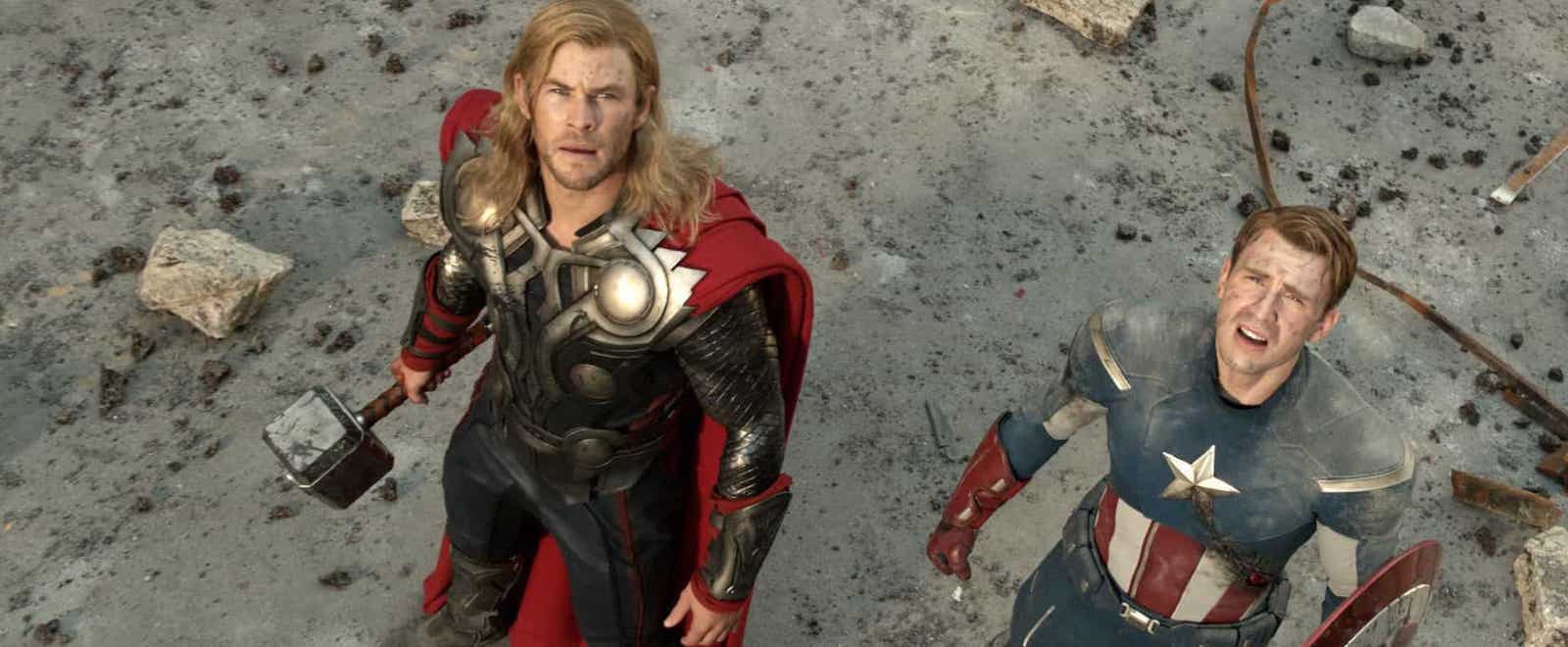 high angle - camera points down from a higher angle. It makes the subject diminutive. A variation: Top angle or bird’s eye view – special case when you want to show the topography of a location. Aerial shots fall under this
high angle - camera points down from a higher angle. It makes the subject diminutive. A variation: Top angle or bird’s eye view – special case when you want to show the topography of a location. Aerial shots fall under this
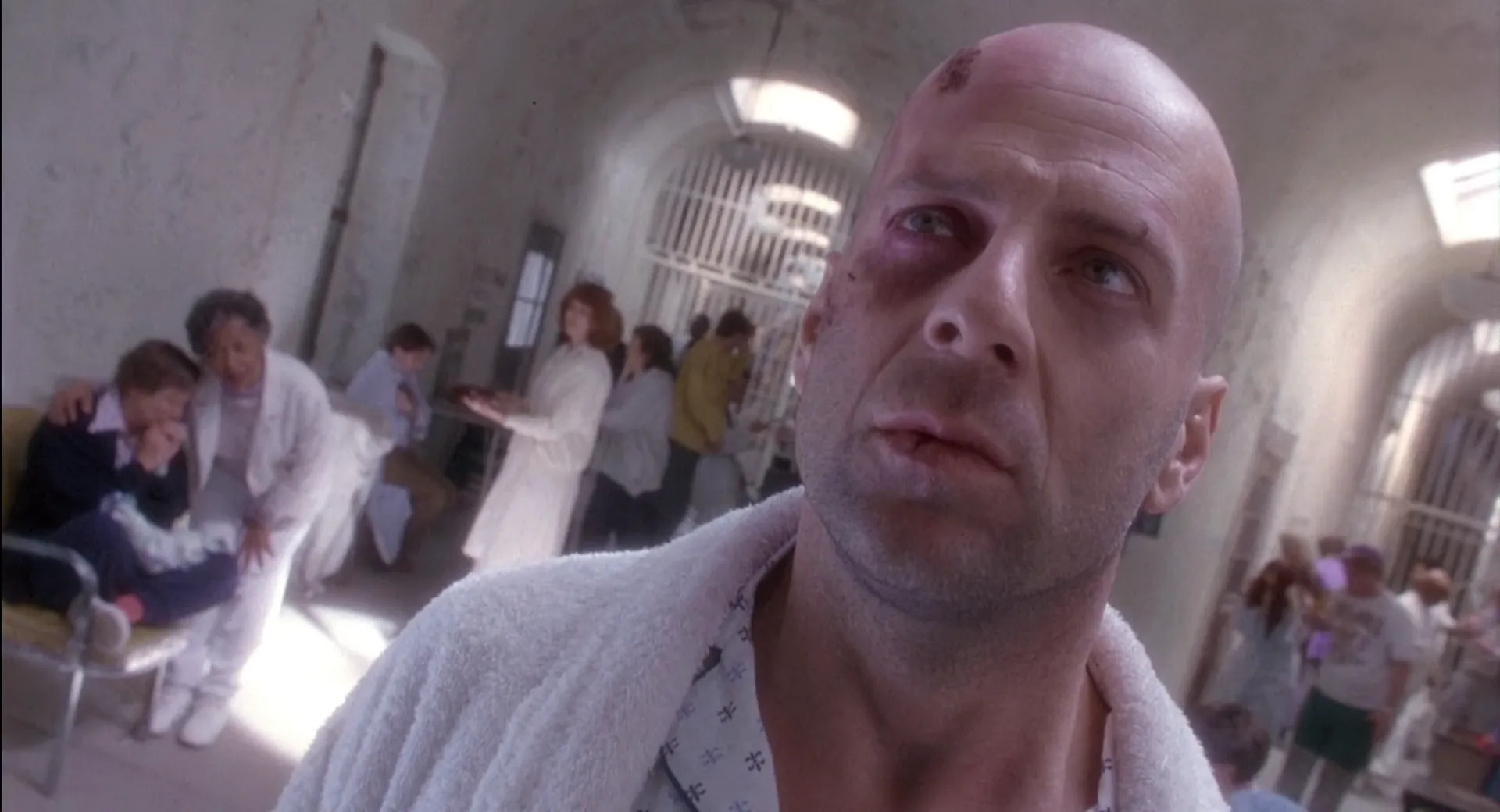 dutch angle - tilted angle. It draws attention to the fact it’s not a balanced frame. Something is literally off kilter
dutch angle - tilted angle. It draws attention to the fact it’s not a balanced frame. Something is literally off kilter
 over the shoulder (OTS) - not strictly an angle, but it’s a specialised shot that deserves its own place. Confrontational by nature
over the shoulder (OTS) - not strictly an angle, but it’s a specialised shot that deserves its own place. Confrontational by nature
shot type is how close the camera is to the object of interest.
![Camera Shot Framing Techniques — Frame Your Shots like a Pro [Video]](https://s.studiobinder.com/wp-content/uploads/2019/09/Camera-Shot-Guide-Single-Shot-X-Men-Days-of-Future-Past-StudioBinder.jpeg) single -
single -
 dirty single -
dirty single -
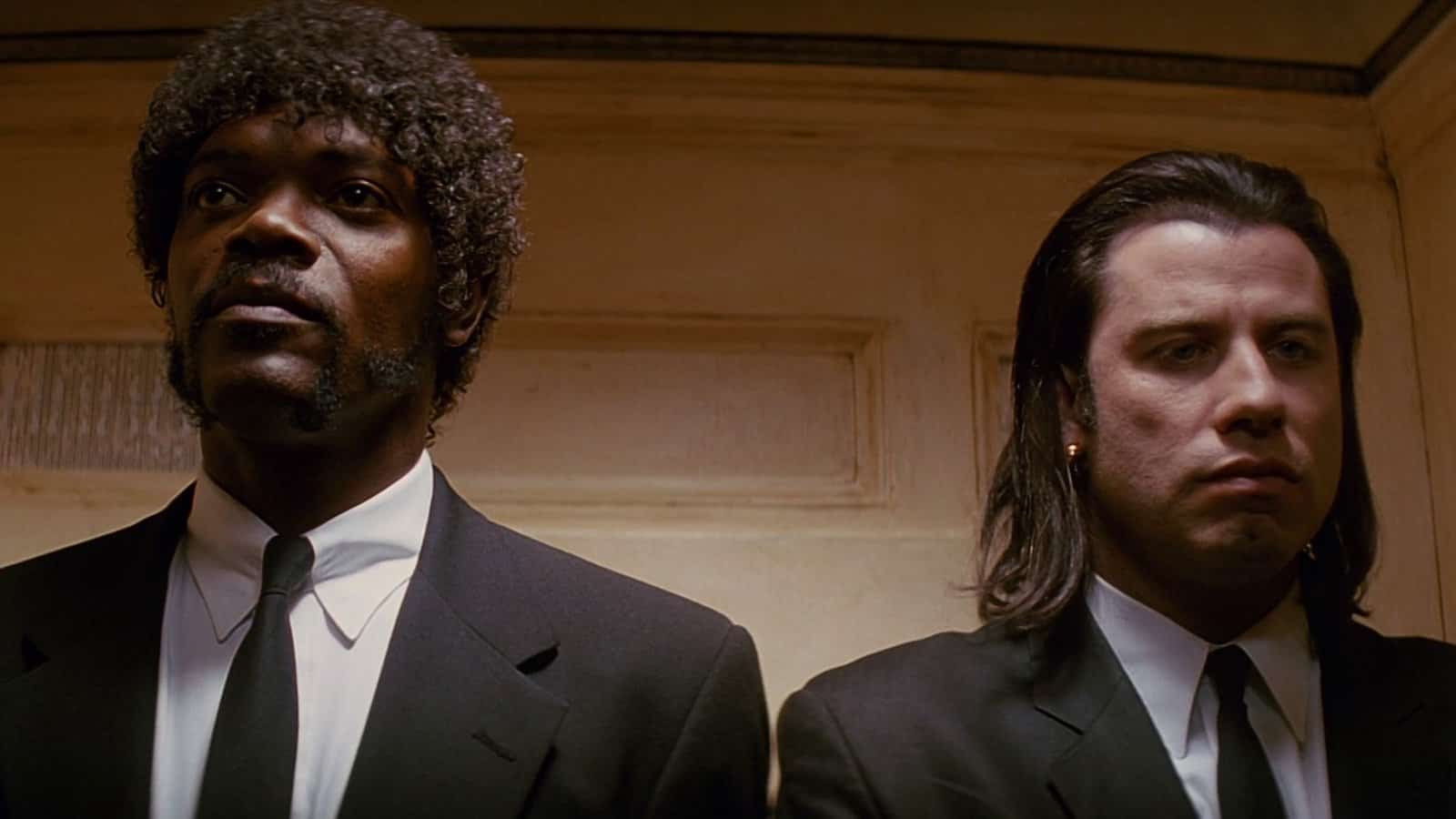 2 shot -
2 shot -
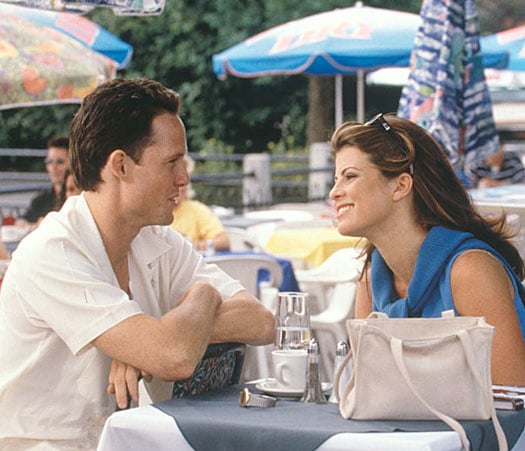 dirty 2 shot -
dirty 2 shot -
 3 shot -
3 shot -
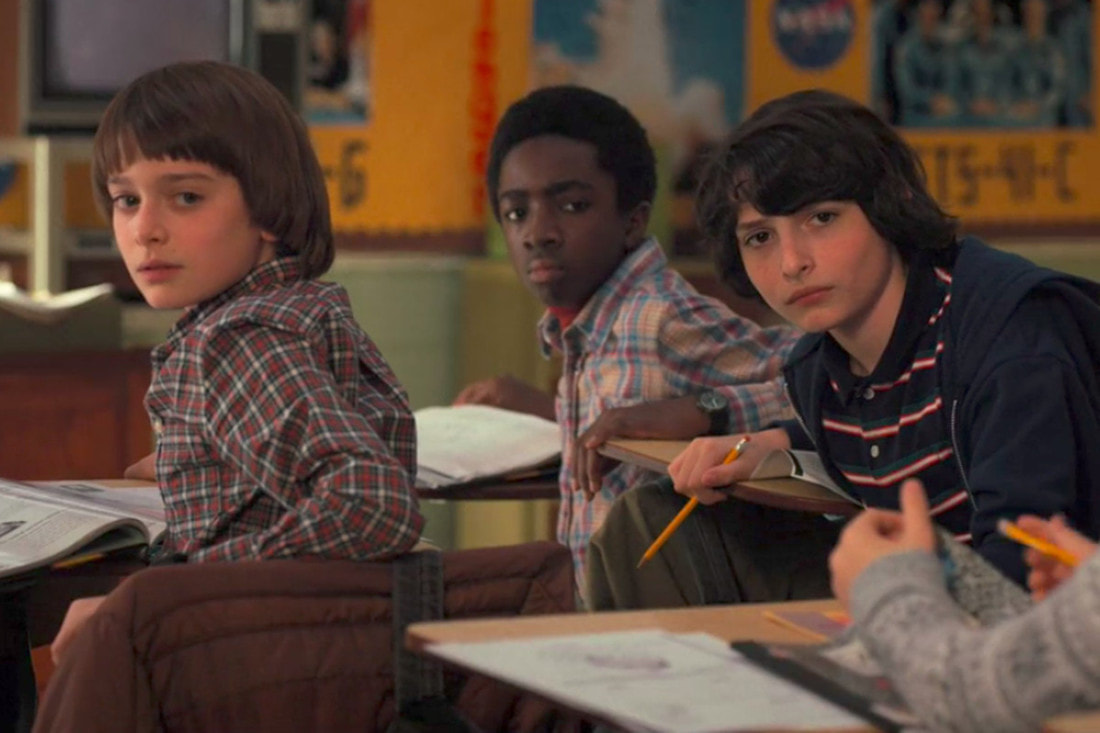 dirty 3 shot -
dirty 3 shot -
![Ultimate Guide to Types of Camera Shots and Angles in Film [50+ Types]](https://s.studiobinder.com/wp-content/uploads/2018/02/Ultimate-Guide-To-Camera-Shots-A-Deep-Focus-Shot-Shows-Most-Of-The-Gang-In-12-Angry-Men.jpeg.webp?x57987&resolution=2560,2&resolution=2560,1) crowd -
crowd -
 point of view (POV) -
point of view (POV) -
 insert -
insert -
i learned about mise en scene
mise en scene elements are:
sets, props, lighting, costumes, actor blocking, shot composition
180 degree rule and rule of thirds
I learned the 180 rule. this 180 rule is a technique that helps the audience keep track of where characters are within a scene. this a imaginary line the camera man draws between two characters, no one crosses that line and starts filming from the other side of that line unless you want to make the scene chaotic.
following the 180 degree rule
following the rule of thirds
this image works to the rule of thirds by having the bridge being the point of focus. the bridge is going along the right vertical line.
this image works because the walkway in the centre is the centre of focus because it is within the centre box on the rule of thirds
the bus stop follows the rule of thirds because it is in the corner of the centre box and its the main focus
this image follows the rule of thirds because of both people being opposites and the top horizontal line is at eye level

Comments
Post a Comment